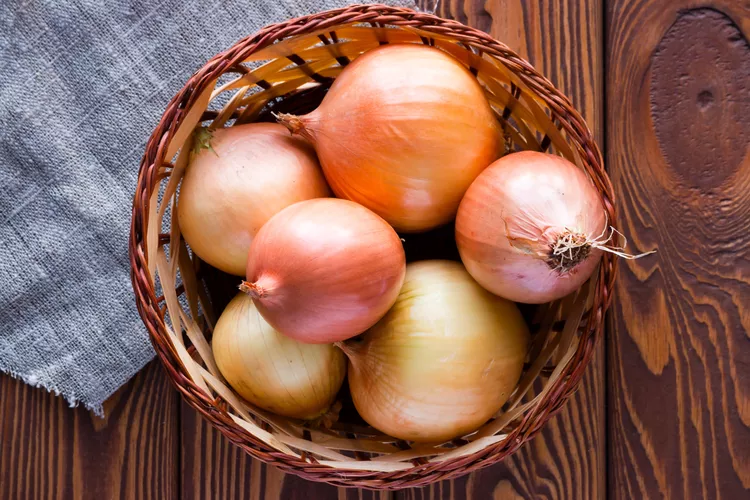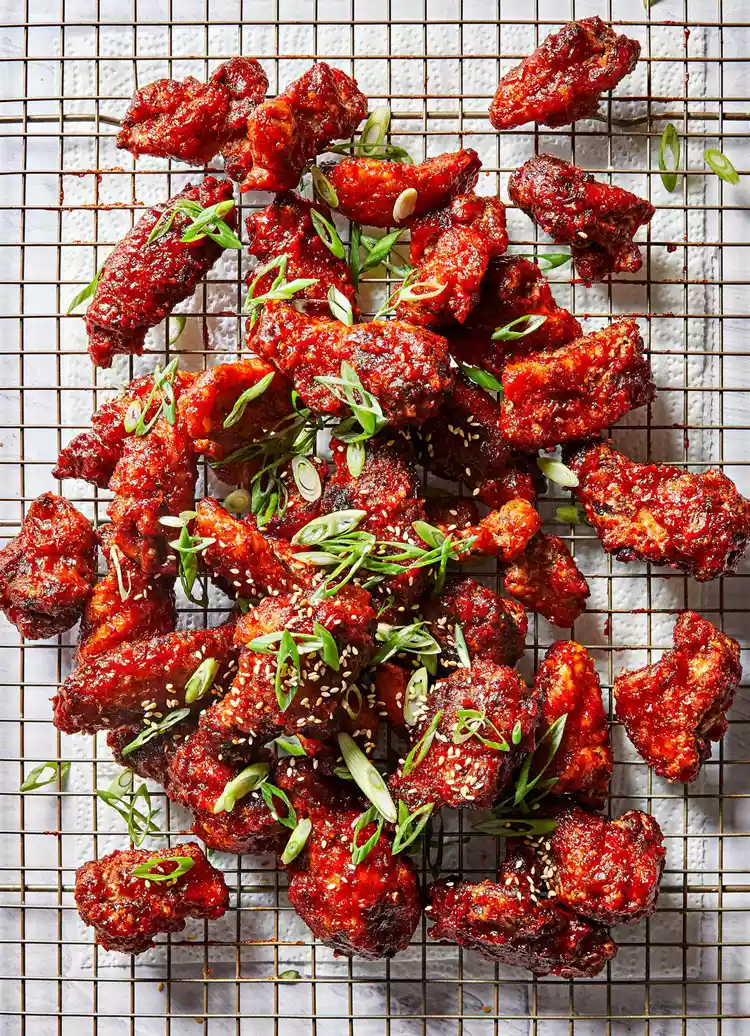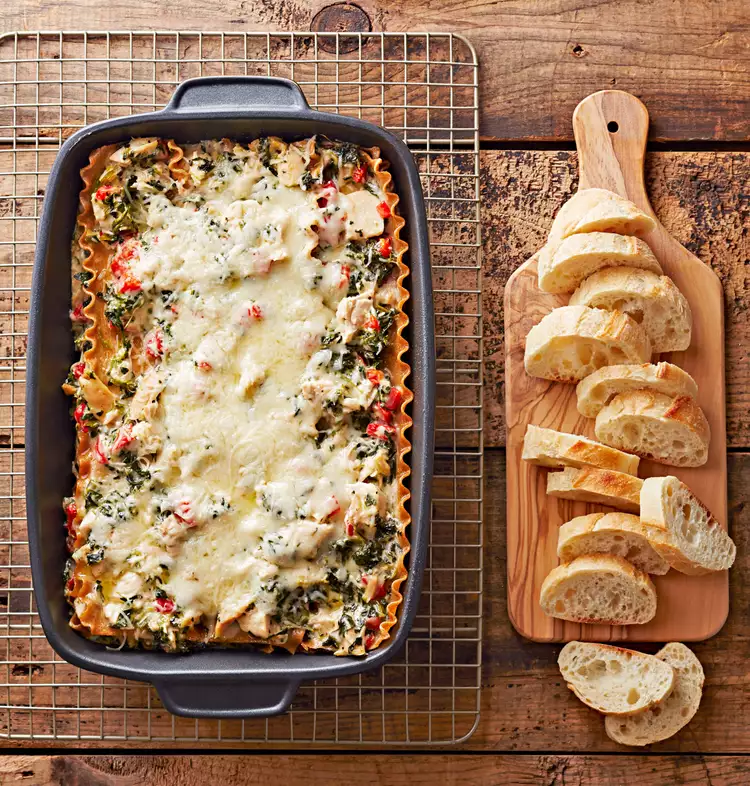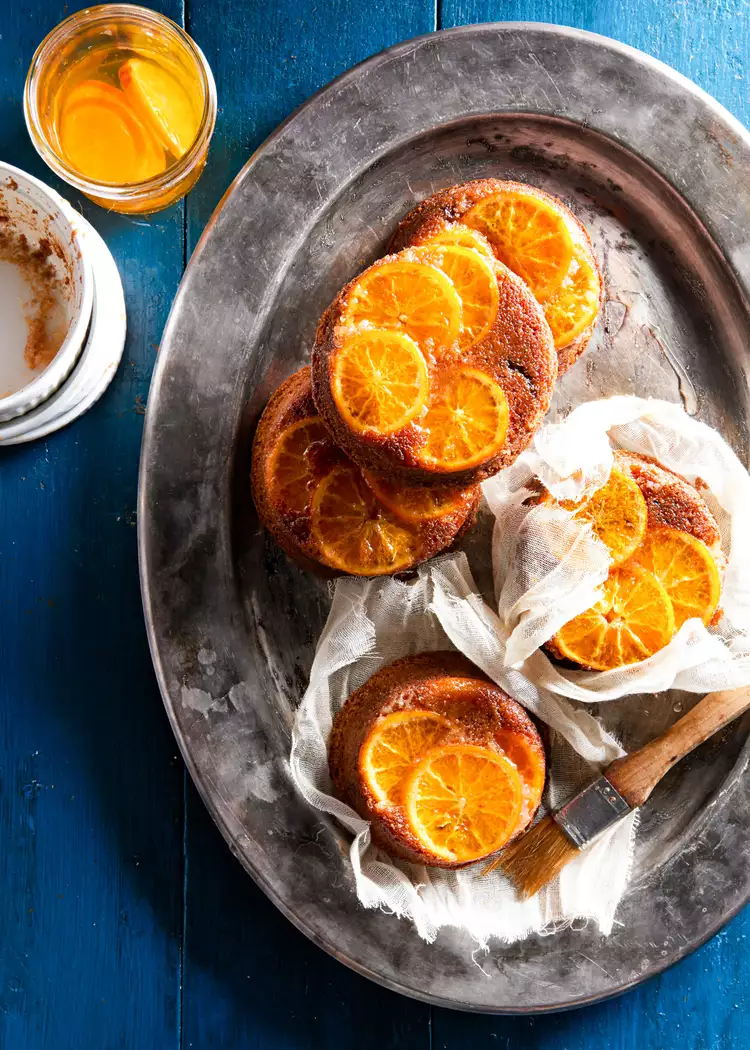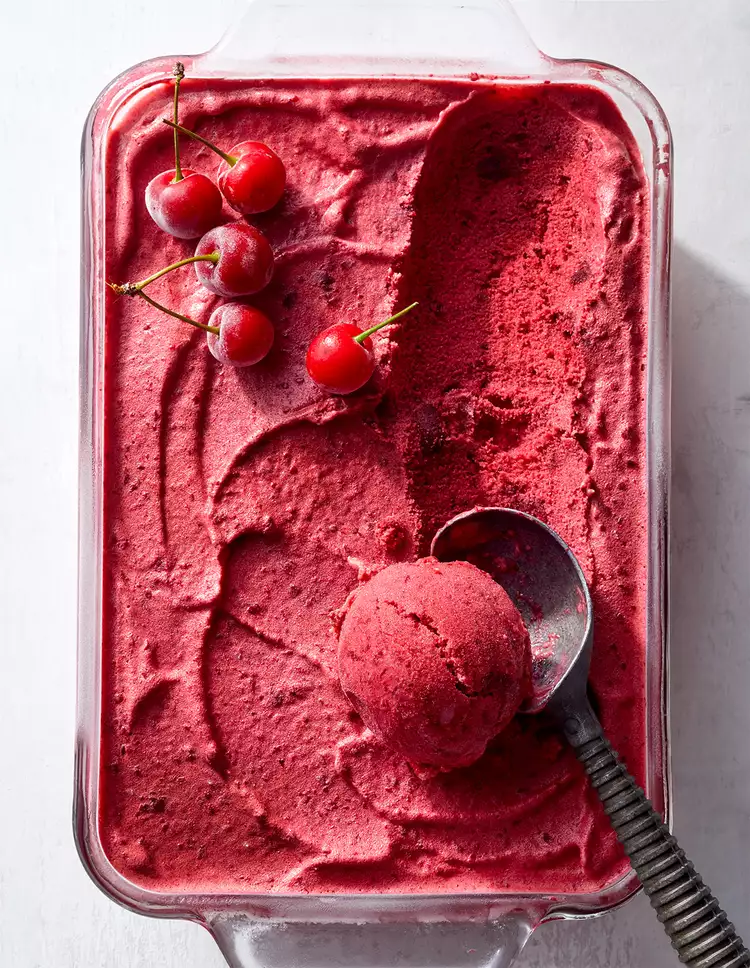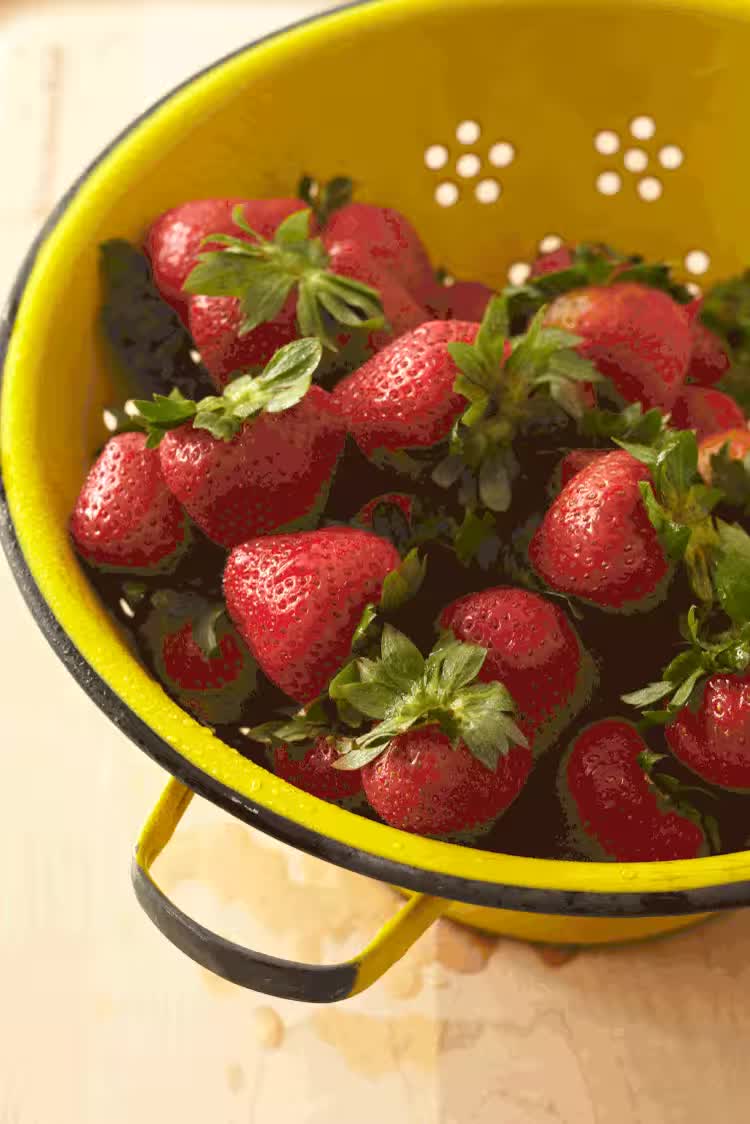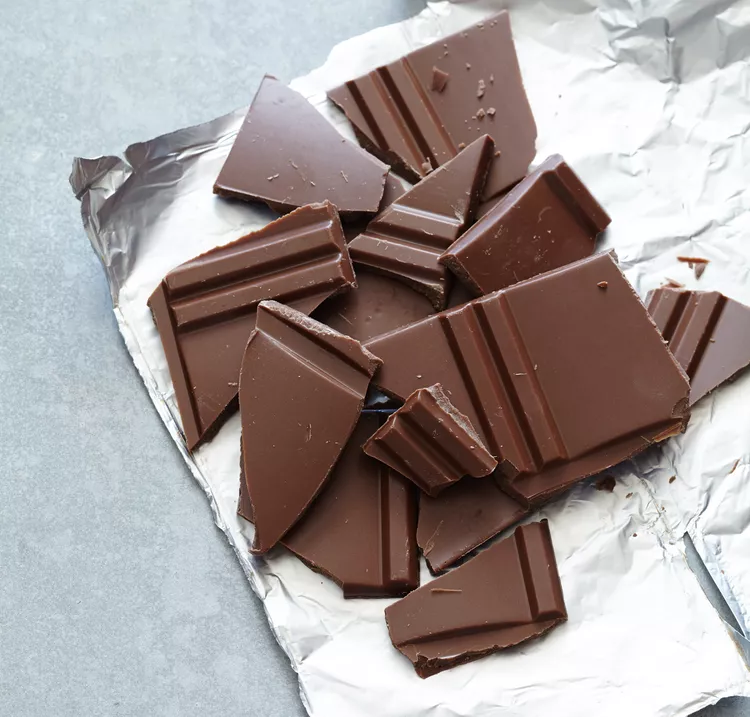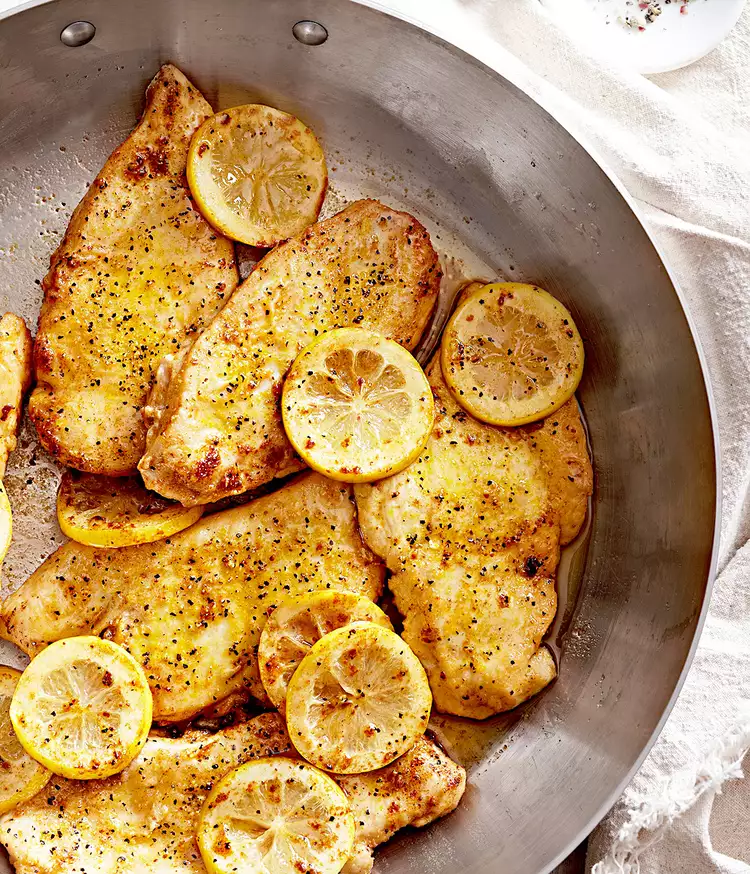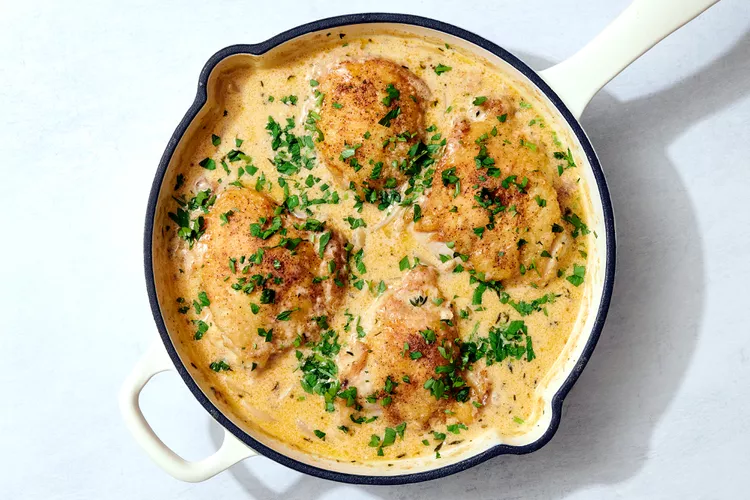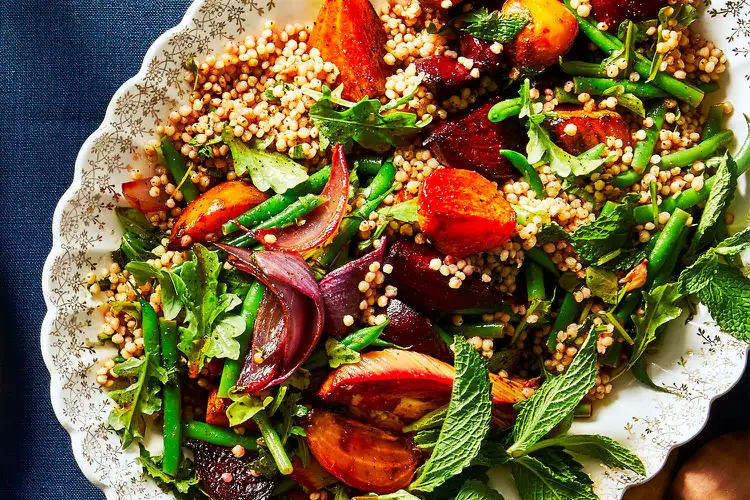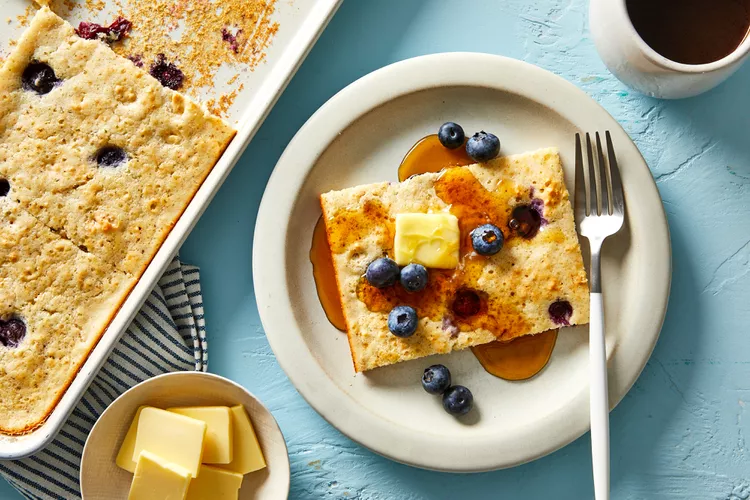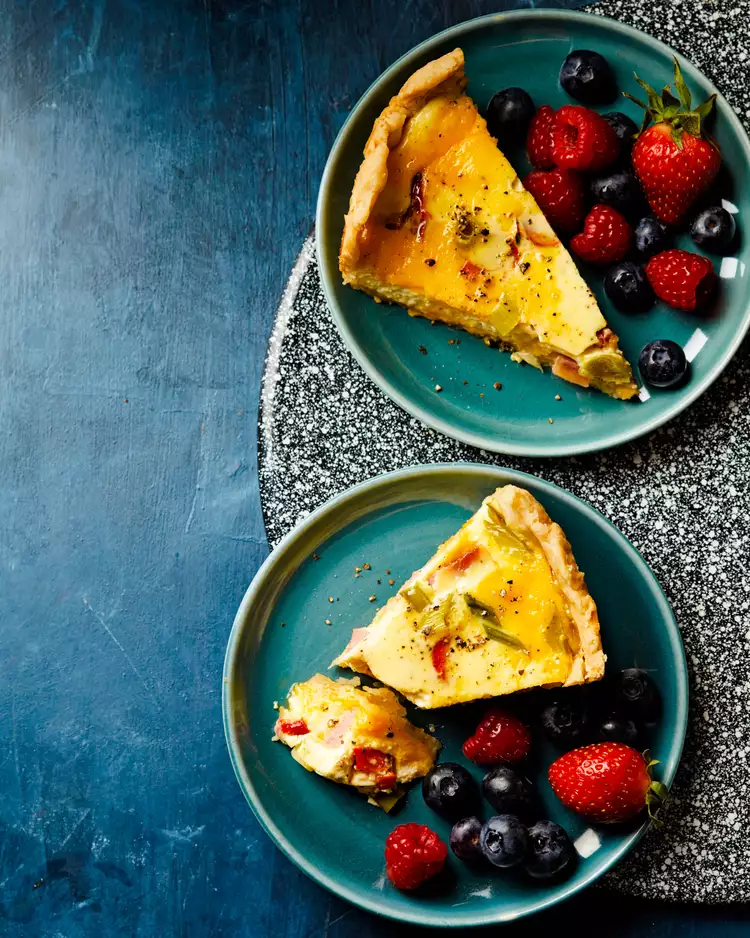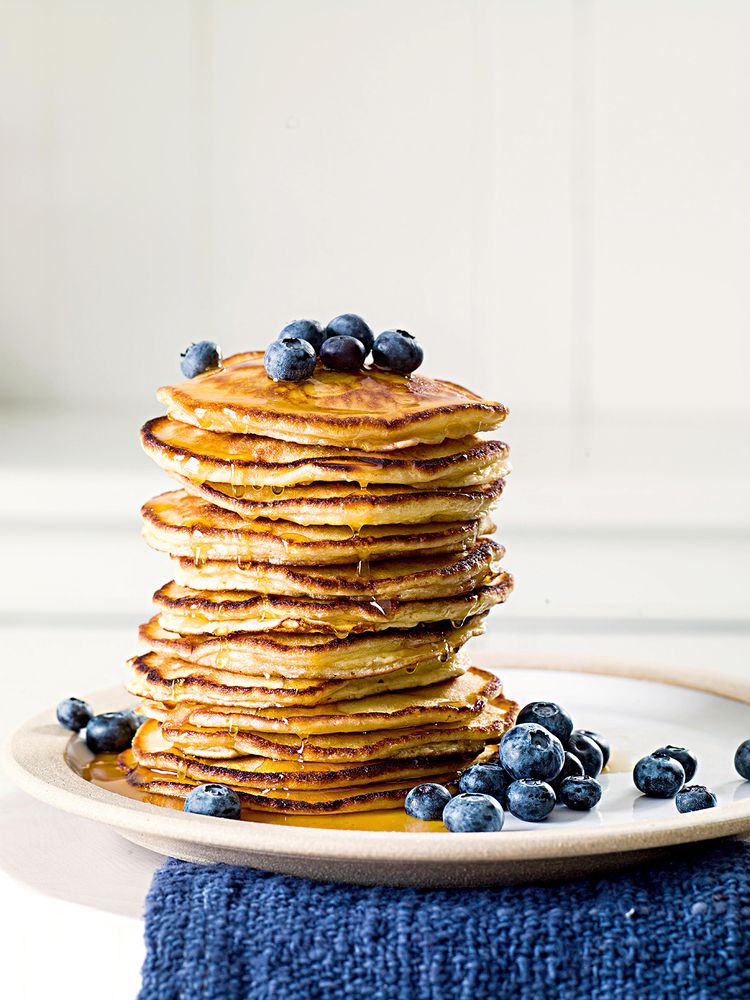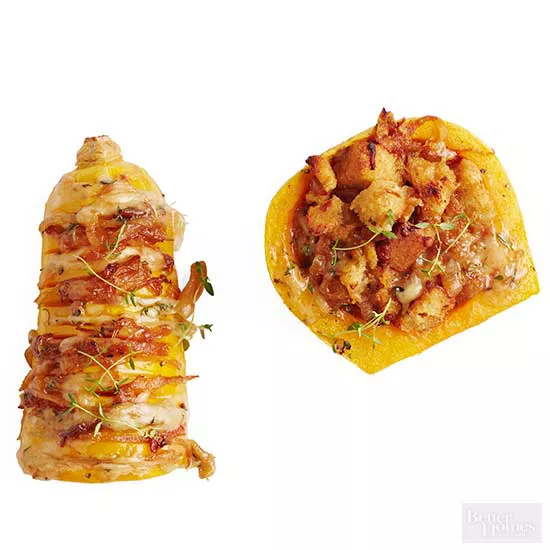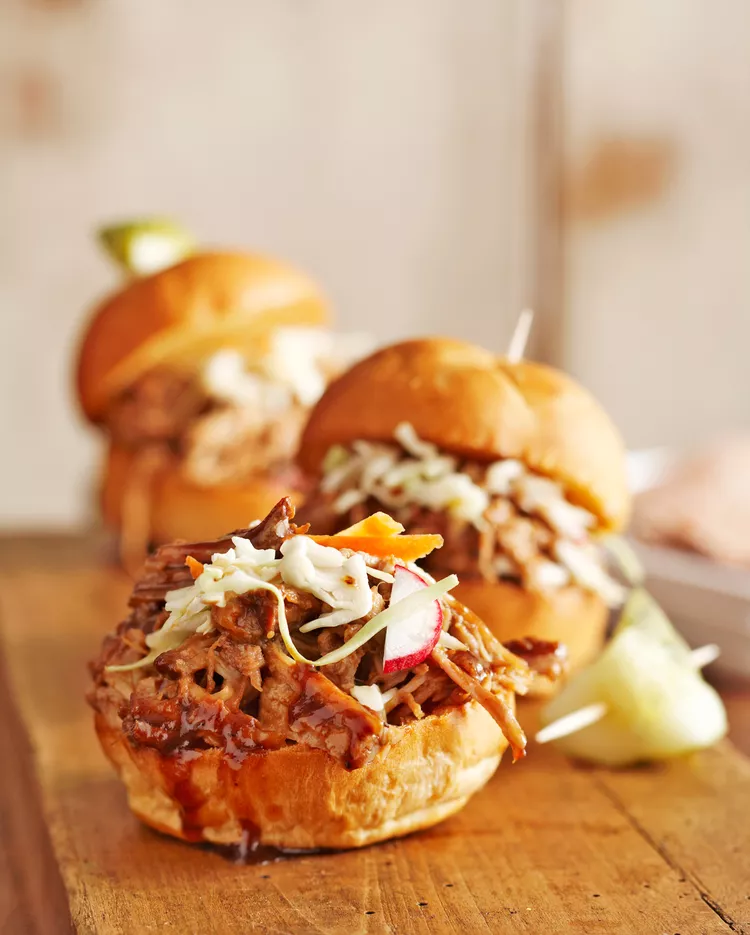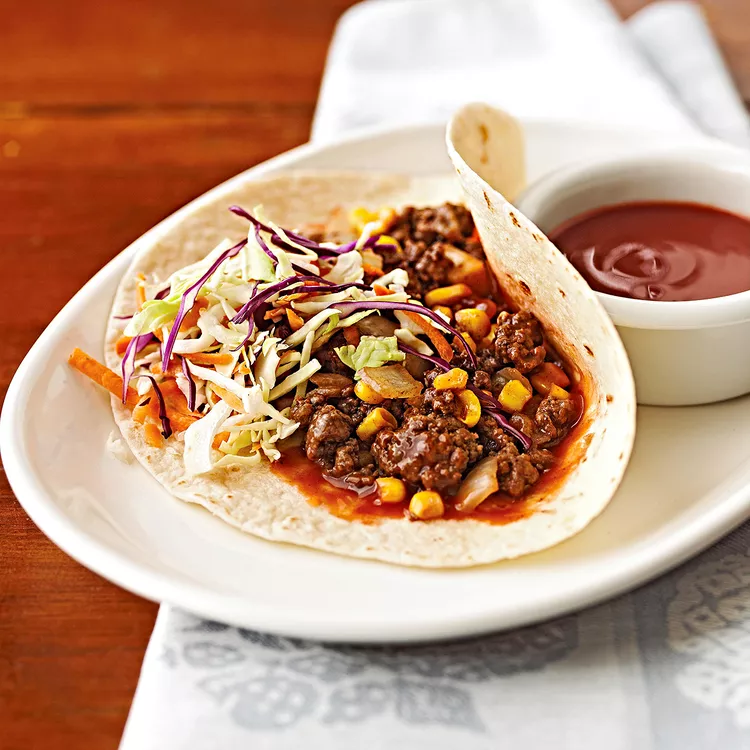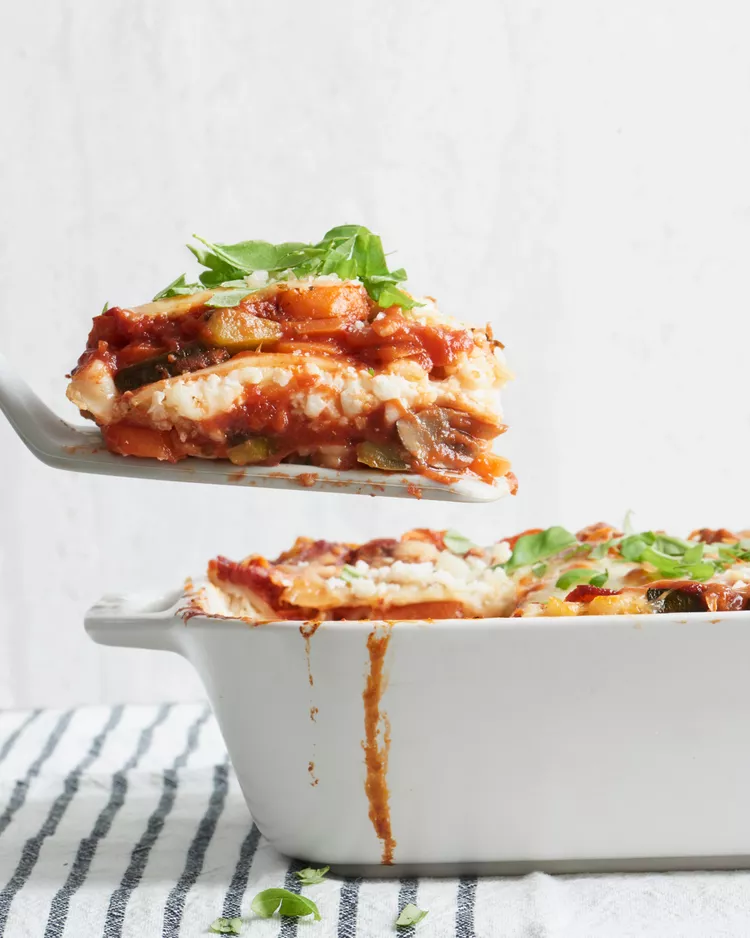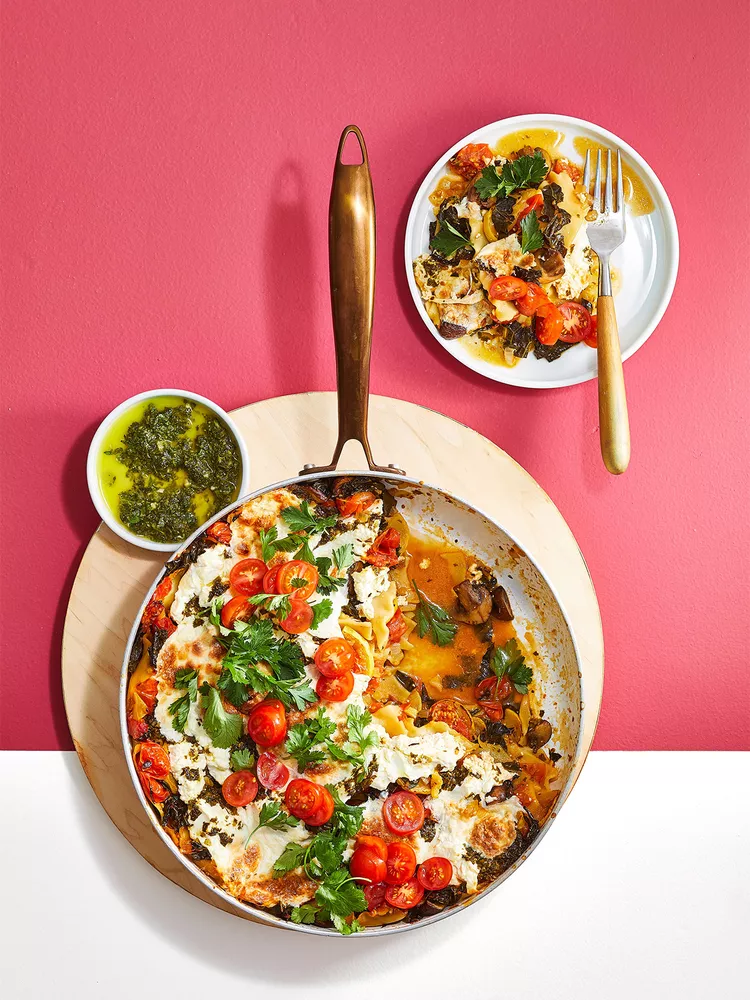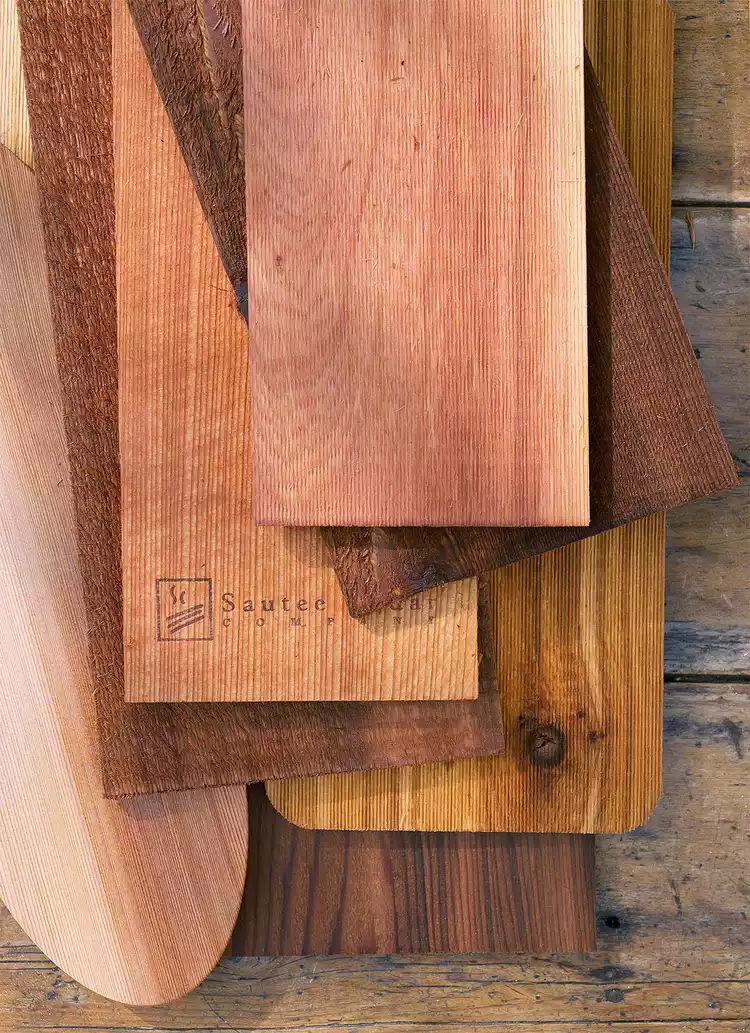We like to think of a few items as the elements of our cooking “capsule wardrobe” in the Test Kitchen. In other words, we mix and match these components to add flavor and aroma or to help balance a dish. In addition to lemons, salt, olive oil, butter, and garlic, one key cooking capsule wardrobe item is the humble onion.
For everything from trendy One-Pot French Onion Pasta and French Onion Chicken Casserole to timeless creations like crunchy onion rings and caramelized onions, we always have a steady supply of onions on hand. To ensure that’s the case, we stock up in large batches and we’re vigilant about how to store our alliums to help them stay fresh and flavorful for as long as possible.
Ahead, score a refresher about how to store onions—which varies based on the type of onion—learn when to wash them and if you can freeze onions, and to discover the biggest onion storage mistake so you can steer clear and store smartly.
- Sarah Brekke, M.S., Better Homes & Gardens Test Kitchen brand manager
How to Store Onions
If you’ve brought your onions home from the grocery store or farmers market in a plastic produce bag, the first step is to remove and discard that bag.
“Non-ventilated containers like plastic bags limit airflow, which in turn, results in a shorter shelf life,” says Sarah Brekke, M.S., Better Homes & Gardens Test Kitchen brand manager. On the flip side, “mesh bags are the perfect thing for storing onions,” and baskets that allow for airflow also work.
You might be tempted to wash the onions after bringing them in from your garden or as you transfer market-sourced onions from their plastic bag to a mesh bag or basket. However, it’s important to save this step for later. Simply brush off any large pieces of dirt.
If you wash in advance, “the thin layers of skin will become saturated and the onion will quickly spoil,” Brekke warns. “The papery skins on the onion do a pretty good job of protecting the flesh from dirt, bacteria, and mold spores.”
Store onions whole, peel and all, and save the peeling and rinsing until just before you plan to use them.
Now that your whole, dry onions are in their mesh bag or basket, keep these tips from Brekke and the National Onion Association for how to store onions in mind:
- Shoot for cool, dark, and dry. Store onions in a cool, dark, and dry location such as a pantry, mudroom, garage, basement, or root cellar. “Cool temperatures around 50° F are ideal, but are difficult for many people to maintain. The coolest place in your home will work best,” Brekke says. Take care to avoid freezing temperatures that will quickly damage your onions (unless you’re freezing onions on purpose; we’ll walk you through how to do this below.).
- Skip the fridge. The crisper drawer is ideal for storing many produce items, but not most types of onions. “Don’t store bulb onions in the refrigerator. The trapped humidity inside the appliance will accelerate the spoilage process,” Brekke says.
The guidance above about how to store onions relates to most bulb onions, including shallots as well as red, yellow, white onions. There are a few other kinds of onions that come with their own care instructions:
- Sweet onions: These have more sugar and moisture than less-sweet onion varieties, so they’re more prone to bruising and decay, Brekke confirms. Since this is true, they actually do best when stored in the refrigerator—and can be stored in your fridge for about 3 months. Wrap any sweet onions, which include Vidalias, in a dry paper towel or a layer of newspaper (to help with moisture control), and place them in the fridge on an open shelf or in a crisper drawer set to the lowest humidity setting.
- Green onions: “The tender green tops of green onions, aka scallions, need moisture and cool temperatures so that they can be at their best,” Brekke says. You have two options:
- Remove the rubber band holding the onions together, if present, and place the root ends in a glass or vase filled partially with water. Top the glass with a plastic bag to help trap some humidity, and place this in the refrigerator for up to 3 weeks, changing the water every couple of days as needed.
- Remove the rubber band holding the onions together, if present, then lightly wrap the bunch of green onions in a very lightly damp paper towel. Place the wrapped green onions in a zip-top bag. Press out as much air as possible and seal before storing in the refrigerator for up to 3 weeks.
- Leeks: Due to their stalk shape with tips that can dry out, store unwashed leeks in a produce or zip-top bag in the refrigerator for up to 2 weeks.
The Biggest Onion Storage Mistake to Avoid
There are certain fruits and vegetables you should never store together (unless you want them to spoil faster). This is due to ethylene, a gas that certain produce items like onions naturally emit and that other fruits and veggies can be sensitive to. When certain fresh foods are stored close together, the presence of ethylene can speed up the ripening—and spoiling—process.
As a result, Brekke believes that the biggest mistake you can make when storing onions is placing them near things like apples (for the refrigerator-stored types of alliums) or potatoes (for onions kept in a cool, dry place), both of which are sensitive to the ethylene that onions produce.
“We recommend storing these items on separate shelves in your pantry or have them separated by at least a few feet for ample airflow,” Brekke says. In the fridge, keep ethylene-producers in a different crisper drawer than ethylene-sensitive items like bananas, broccoli, citrus, melons, and stone fruit.
Can You Freeze Onions?
If you can’t make it through your onions before the storage “expiration date” mentioned above, you might be wondering, “can I freeze onions?” You bet, Brekke says, adding that onions can be frozen for 6 to 12 months.
“Onions are one of the veggies that freeze well without needing to be blanched first,” she adds.
Due to the high water content of onions (about 90%), the structure of the veggie will soften after being frozen. For this reason, our Test Kitchen experts don’t recommend freezing whole onions or large chunks or wedges—and do recommend being savvy about how you use onions you’ve put on ice. Frozen onions are best put to use in cooked recipes like soups and stews, pastas, casseroles; no need to thaw. Stick with fresh onions for raw dishes, such as ceviches, salsas, salads, and pickles.
For the best results when freezing onions, wash, peel, then slice or chop the onions, selecting your cut style based on what recipes you might eventually use them in. Transfer the pieces to a zip-top storage bag. Press out as much air as possible, seal, then label and date the onions before storing them in the freezer.
How to Tell if Onions are Past Their Prime
If your onions have any of these signs of spoilage, compost or discard them ASAP to reduce the risk of the rest of your onion stock deteriorating more quickly, too:
- Sour or “off” aromas
- Mushy or brown areas
- Sprouting growth from the top
- Leaking moisture
